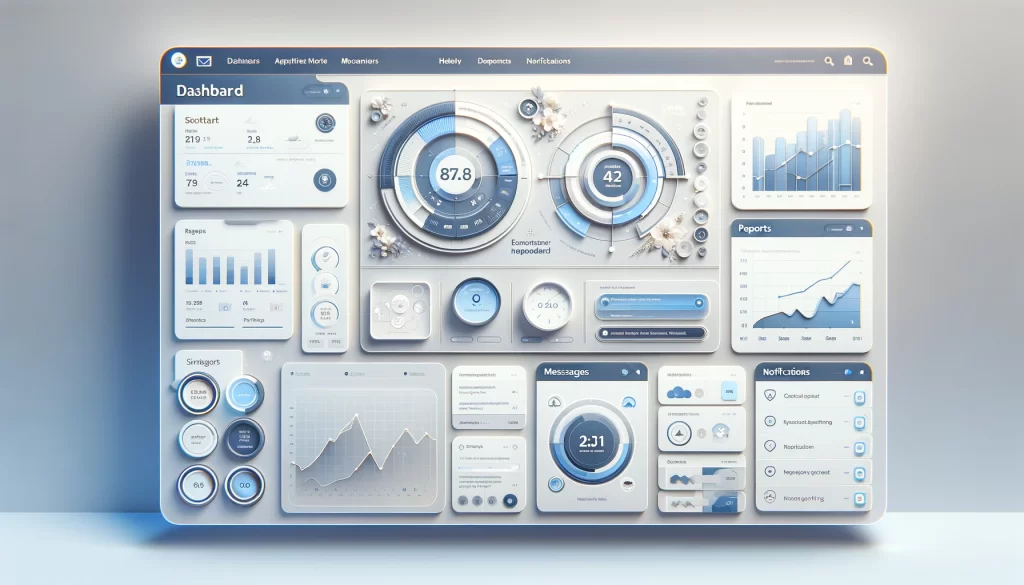In the digital age, where businesses and individuals increasingly rely on web applications for everything from e-commerce to personal communication, the question of security is paramount. Malware, short for malicious software, poses a significant threat to the integrity and safety of these applications. This simple guide aims to explore the security of web applications against malware, providing insights into the risks and offering practical advice for protection.

Understanding the Threat
Malware can infiltrate web applications in various ways, including through vulnerabilities in the application code, third-party libraries, or the servers that host the applications. Once inside, malware can wreak havoc: stealing sensitive information, corrupting data, or even taking control of the application for nefarious purposes. The consequences can be devastating, leading to financial loss, damage to reputation, and legal liabilities.
Common Types of Malware
- Viruses and Worms: These can replicate themselves and spread to other systems, potentially overloading servers or spreading to users of the application.
- Trojan Horses: Disguised as legitimate software, Trojans can create backdoors in your security to allow more malicious users access.
- Ransomware: This type of malware encrypts your data, making it inaccessible until a ransom is paid.
- Spyware: It secretly observes the application’s operations and steals sensitive information.
How Malware Infiltrates Web Applications
- Code Injection: Malicious code is inserted into the application, often through form inputs or URL parameters that are not properly sanitized.
- Exploiting Vulnerabilities: Older or unpatched software can have known vulnerabilities that hackers exploit to insert malware.
- Compromised Third-Party Libraries: Using third-party libraries without verifying their security can introduce malware.
- Phishing Attacks: Tricking users into downloading malware by disguising it as a trustworthy entity in an electronic communication.
Assessing Your Risk
The risk of malware infection depends on several factors, including the complexity of the web application, the sensitivity of the data it handles, and the security measures in place. Applications that process financial transactions or personal information are particularly attractive targets for cybercriminals.
Protective Measures
- Regular Updates and Patching: Keep all software, including web servers and third-party libraries, up to date with the latest security patches.
- Secure Coding Practices: Follow best practices for secure coding to minimize vulnerabilities in your application’s code.
- Security Scanning and Penetration Testing: Regularly scan your web application for vulnerabilities and perform penetration testing to identify potential security gaps.
- Use of Web Application Firewalls (WAF): A WAF can help block malicious traffic before it reaches your application.
- Education and Awareness: Train your staff on the importance of security and the common tactics used by cybercriminals, such as phishing.
- Data Encryption: Encrypt sensitive data both in transit and at rest to protect it from unauthorized access.
- Regular Backups: Maintain regular backups of critical data to ensure you can restore your application in the event of a malware attack.
Recognizing the Signs of an Infection
Early detection is key to mitigating the damage caused by malware. Signs of an infection may include unusual application behavior, unexpected data loss or corruption, slow performance, or reports of suspicious activity from users.
Response and Recovery
If you suspect your web application has been compromised, it’s important to act quickly:
- Isolate the Affected Systems: Prevent the malware from spreading to other parts of your network.
- Analyze the Attack: Determine how the malware entered your system and what it has affected.
- Remove the Malware: Use security tools to remove the malware and repair any damage.
- Restore from Backups: If necessary, restore affected data from backups.
- Review and Strengthen Security Measures: Use the incident to review and improve your security practices to prevent future attacks.
Conclusion
While the threat of malware to web applications is real and ever-present, taking proactive steps to secure your applications can significantly reduce the risk. By understanding the ways malware can infiltrate your applications, implementing robust security measures, and maintaining vigilance for signs of infection, you can help protect your web applications from the damaging effects of malware. Remember, security is not a one-time effort but an ongoing process that requires constant attention and adaptation to the evolving digital landscape.
In the digital age, where businesses and individuals increasingly rely on web applications for everything from e-commerce to personal communication, the question of security is paramount. Malware, short for malicious software, poses a significant threat to the integrity and safety of these applications. This simple guide aims to explore the security of web applications against malware, providing insights into the risks and offering practical advice for protection.